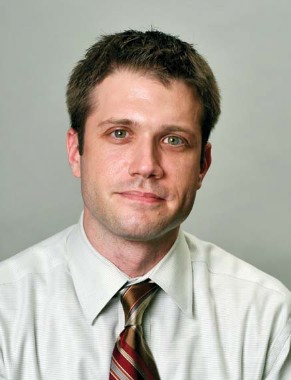A simulation model that incorporated a one-time universal screening of U.S. adults for hepatitis C virus and made conservative assumptions as to the availability and efficacy of various therapies projected that the infection could become rare by 2026, according to a report published online Aug. 4 in the Annals of Internal Medicine.
Treatment for HCV has evolved rapidly during the past 20 years, and new therapies being developed now show the potential to increase response rates even further, reduce treatment duration, and improve safety profiles. In light of these advances, researchers devised a computerized simulation model to project what the burden of HCV disease has been and will be for the years 2001-2050 in the United States, said Mina Kabiri of the University of Pittsburgh Graduate School of Public Health and her associates.
The investigators analyzed information in national databases to form baseline assumptions about infection rates, the prevalences of each disease stage, treatment responses, and the medical system’s treatment capacity, and they attempted to adjust for the introduction of new therapies over time. They made a conservative estimate that over time, rates of sustained virologic response would average 90% in real world practice, even though rates as high as 97% have already been reported in clinical trials of currently available treatments. And they incorporated a one-time-only screening of all adults for occult HCV infection, on the assumption that most of those identified would seek treatment, which would head off the development of HCV-related diseases such as hepatocellular carcinoma. Finally, Ms. Kabiri and her associates validated their model by applying it in several published study cohorts and finding that their projections accorded with the actual results of those studies.
The model projected that under base-case assumptions, HCV infection would become rare by 2036, affecting only 1 in 1,500 persons, and that under best-case assumptions HCV could become rare by 2026. "The ideal scenario could reduce the total number of cases of [HCV-related] decompensated cirrhosis by 135,800 cases (46%), cases of hepatocellular carcinoma by 96,300 (40%), liver-related deaths by 161,500 (37%), and liver transplantations by 13,900 (37%) during 2014-2050," the researchers wrote (Ann. Intern. Med. 2014 Aug. 4 [doi:10.7326/M14-0095]).
Increasing the medical system’s capacity to treat HCV would further reduce the burden of disease. "With the launch of all-oral drugs that can simplify treatment, primary care physicians or infectious disease specialists also may take on the role of treating patients with HCV infection, thus alleviating the burden on hepatologists," the investigators noted.
This study was supported by the National Center for Advancing Translational Sciences at the National Institutes of Health and by the University of Pittsburgh Graduate School of Public Health.


